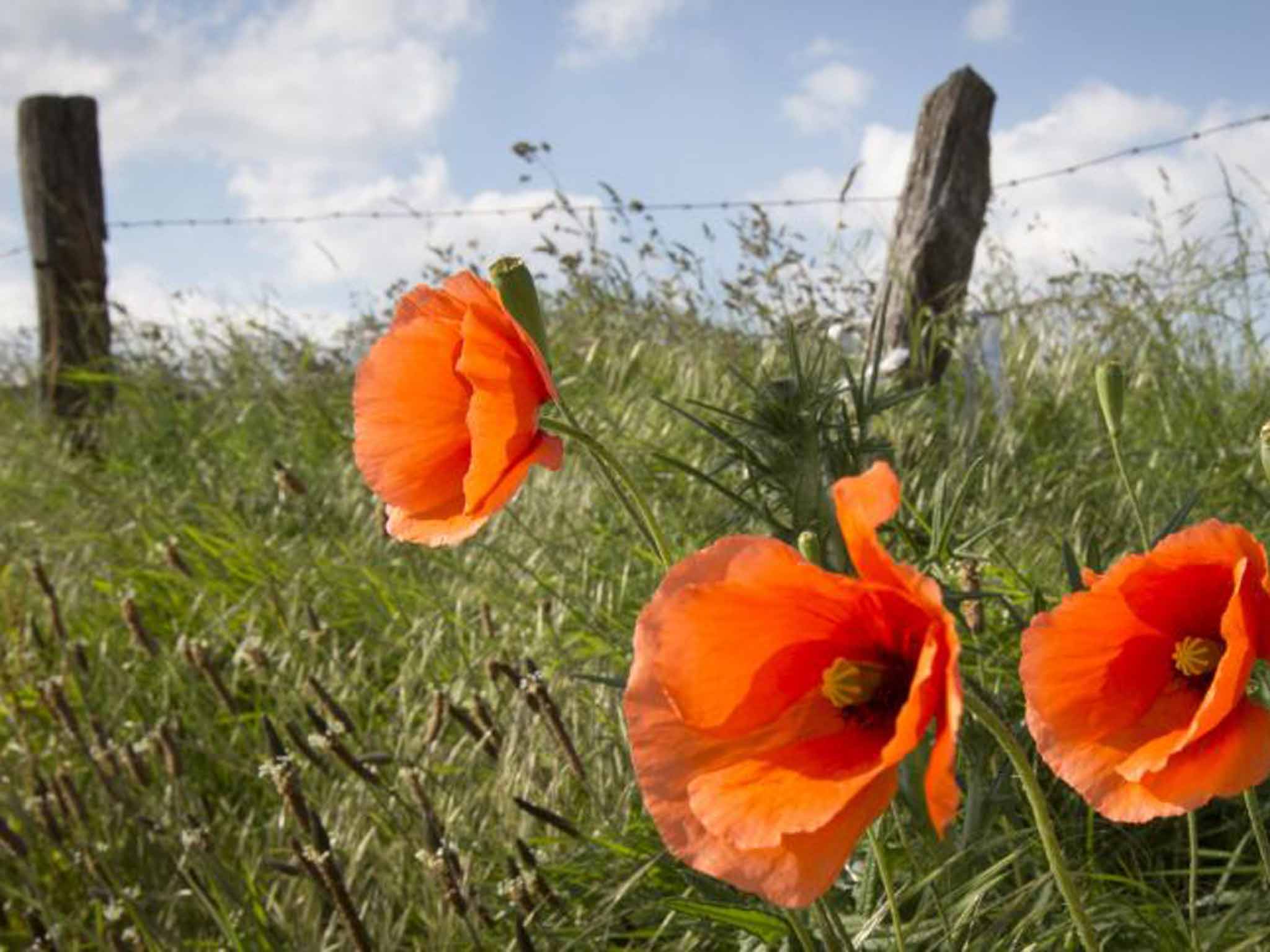
The familiar symbol of the poppy owes much of its fame to Canadian poet and soldier John McCrae. It is the principal emblem of the Royal Canadian Legion, which distributes several million each year to be worn by Canadians on Remembrance Day. A.The red poppy, a native plant along much of the Western Front during the First World War, has become a powerful symbol of remembrance. Other poets of the time were also stirred to write responses to McCrae’s poem. His volume of poetry, In Flanders’ Fields and Other Poems, was published in 1919.Īn American, Miss Moira Michael, read In Flanders’ Fields and wrote a reply entitled We Shall Keep the Faith: If ye break the faith with us who die we shall not sleep”. On the eve of his death he allegedly said to his doctor, “Tell them this. Colonel McCrae died while on active duty in May 1918. The verses were apparently sent anonymously to the English magazine, Punch, which published them under the title, In Flanders’ Fields. Colonel McCrae had served as a gunner in the Boer War, but went to France in World War One as a medical Officer with the first Canadian Contingent.Īt the second battle of Ypres in 1915, when in charge of a small first-aid post, he wrote in pencil on a page torn from his despatch book: The red Flanders’ poppy was first described as a flower of remembrance by Colonel John McCrae, who was Professor of Medicine at McGill University of Canada before World War One. However, wreaths of poppies are traditionally placed at memorials and honour boards on ANZAC Day. In Australia, single poppies are not usually worn on ANZAC Day - the poppy belongs to Remembrance Day, 11 November. The first red poppies to come to Australia, in 1921, were made in France. They brought with them from France some poppies they had made, and suggested that they might be sold as a means of raising money to aid the distressed among those who were incapacitated as a result of the war. In 1921, a group of widows of French ex-servicemen called on him at the British Legion Headquarters. Earl Haig, the British Commander-in-Chief, undertook the task of organising the British Legion as a means of coping with the problems of hundreds and thousands of men who had served under him in battle. In Britain, unemployment accentuated the problem. In the years immediately following World War 1, governments and the whole of society, had not accepted the responsibility for those incapacitated and bereft as a result of war. The modern story of the poppy is, of course, no legend. The legend states that on the battlefields that were literally drenched with blood, white poppies grew in vast profusion. They would isolate their enemies, surround and completely annihilate them. The policy adopted by the armies of Genghis Khan was simple and effective.

In the 12th and 13th centuries, the Mogul Emperor led his warrior hordes on campaigns south to India, and west to envelop Russia as far as the shores of the Black Sea. Whilst the red poppy is a symbol of modern times, legend has it that the poppy goes back to the time of the Mogul leader, Genghis Khan, as the flower associated with human sacrifice.

According to Australia’s official war historian C.E.W.Bean, a valley south of ANZAC beach got its name Poppy Valley “from the field of brilliant red poppies near its mouth”. This same poppy also flowers in Turkey in early spring - as it did in April 1915 when the ANZACs landed at Gallipoli. Artillery shells and shrapnel stirred up the earth and exposed the seeds to the light they needed to germinate. Long known as the corn poppy (Papaver rhoeas) because it flourishes as a weed in grain fields, the Flanders poppy as it is now usually called, grew profusely in the trenches and craters of the war zone.
#Remembrance poppy flower free#
November is poppy month, the time of the year when by the wearing of a simple emblem, a red poppy, we salute the memory of those who sacrificed their health, their strength, even their lives, that we might live in a free country.


 0 kommentar(er)
0 kommentar(er)
